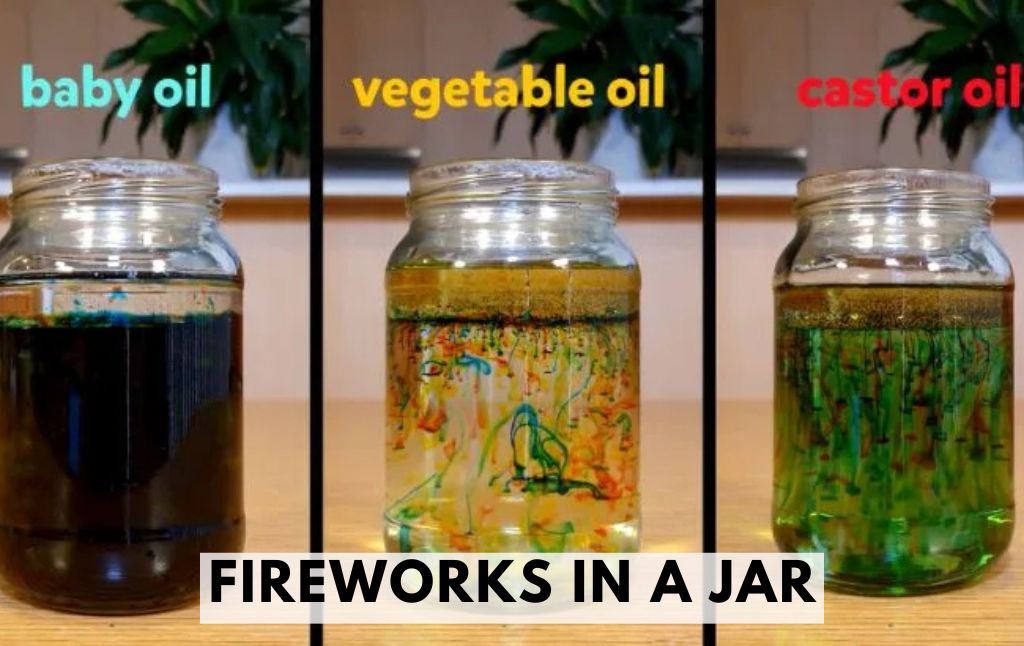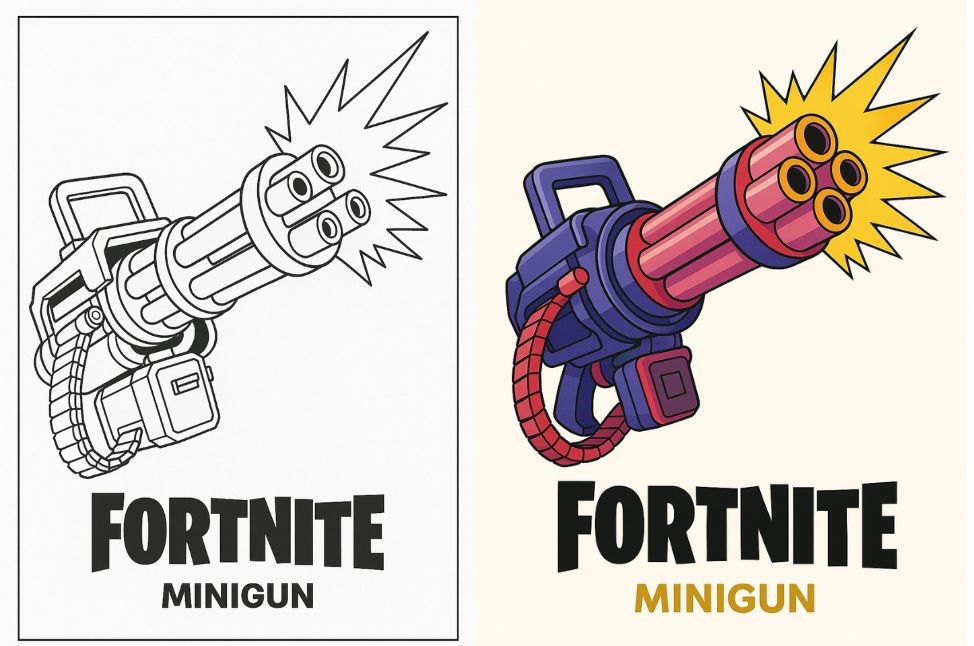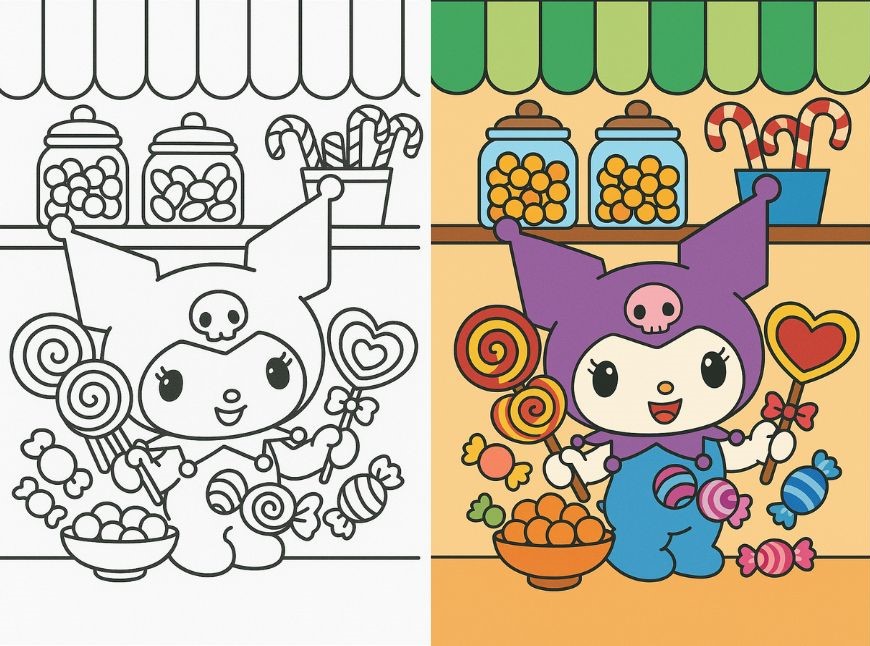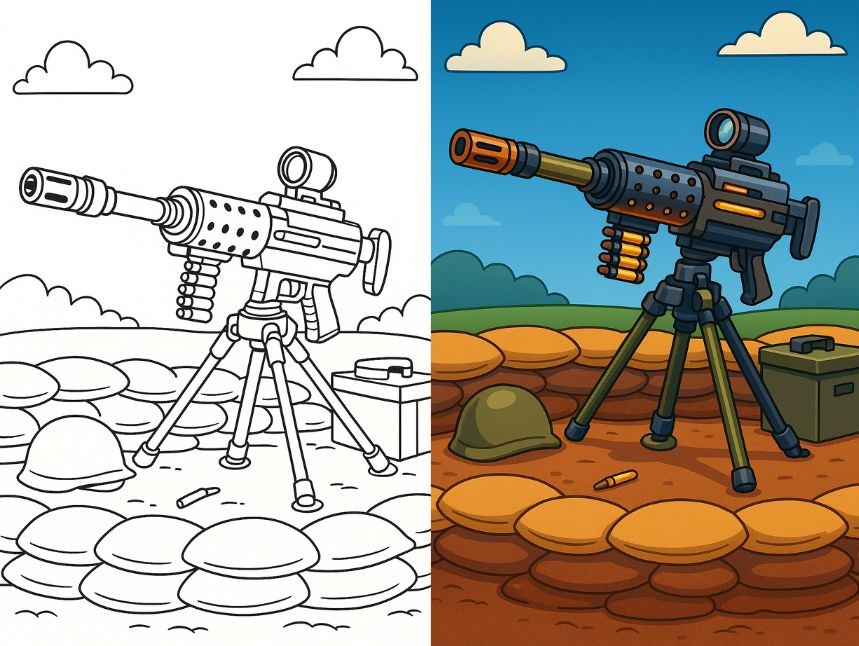Looking for a mesmerizing science experiment that will captivate your kids? Fireworks in a Jar is a fantastic hands-on activity that explores the science of liquid densities in a visually stunning way!
This easy experiment uses simple household ingredients to create colorful bursts of “fireworks” inside a jar, making it a perfect educational project for home or school.
Why Kids Will Love This Experiment
It’s a magical, colorful display that mimics real fireworks.
It teaches kids about density and how different liquids interact.
It requires only a few simple materials found at home.
It’s quick, easy, and can be repeated for endless fun!
What You’ll Need
Gather the following supplies before you begin:
- 1 empty glass jar (a tall, clear one works best)
- 4 tbsp of cooking oil (vegetable oil works well)
- Food coloring (multiple colors for the best effect)
- Water
- 1 small bowl
- Paper towels (for easy cleanup)
- A spoon
How to Make Fireworks in a Jar
Step 1: Fill the Jar with Water
Start by filling your glass jar about three-quarters full with water. Set it aside for now.
Step 2: Prepare the Food Coloring Mixture

In a separate bowl, add 3 tablespoons of cooking oil. Then, carefully add 3-5 drops of food coloring for each color you want to use. You can use red, blue, green, and yellow for a vibrant effect!
Step 3: Stir the Mixture
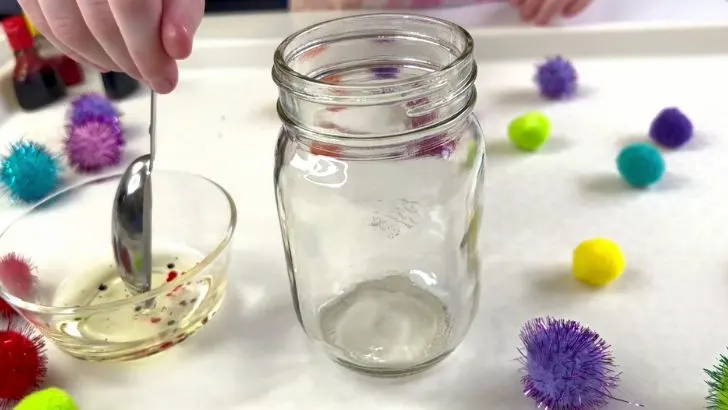
Use a spoon to gently stir the food coloring into the oil. The food coloring will not mix with the oil, but stirring will break it up into smaller droplets.
Step 4: Pour the Oil into the Jar

Slowly pour the oil and food coloring mixture into the jar of water. Watch as the oil settles on top of the water!
Step 5: Watch the Fireworks!
After a few moments, the food coloring droplets will begin to sink down into the water. As they fall, they will mix with the water, creating a beautiful explosion of color that looks like fireworks!
The Science Behind the Experiment
This experiment is a great way to introduce kids to liquid densities. Here’s why it works:
Oil and water don’t mix – Oil is less dense than water, which is why it floats on top.
Food coloring is water-based – Since food coloring is denser than oil but dissolves in water, it sinks through the oil and disperses when it reaches the water, creating the fireworks effect.
Fun Variations to Try
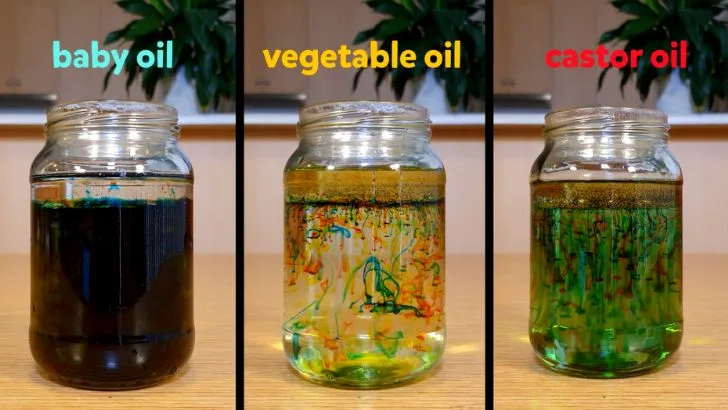
Use different colors – Try layering colors or adding more for a rainbow effect.
Experiment with different oils – Vegetable oil, olive oil, or baby oil may create slight variations.
Try warm vs. cold water – See how temperature affects how fast the colors sink!
Final Thoughts
Fireworks in a Jar is an exciting and easy science experiment that combines art, chemistry, and fun! Whether you’re doing this at home with your kids or using it as a school science project, this experiment is a fantastic way to explore the concept of liquid densities while creating a magical visual experience.
Give it a try and let the fireworks begin! 🎆
Would you like me to add a printable worksheet for this experiment? 😊
Kids Activities
Looking for more fun kids activities and other ideas to keep kids engaged, learning, and having fun? Check out these:
How to Make a Rain Cloud in a Jar: A Fun and Educational Science Experiment
Elephant Toothpaste Experiment: A Fun & Foamy Science Activity!
Baking Soda and Balloon Experiment – Fun & Easy Science!
DIY Rain Stick Craft That Actually Sounds Like Rain!
Fizzing Moon Rocks Activity: A Fun and Easy Science Experiment
How to Make a Fan with Popsicle Stick: A Fun DIY Craft
DIY Popsicle Stick Helicopter: A Fun and Easy Flying Toy
How to Make a Balloon Hovercraft: A Fun DIY Science Experiment

